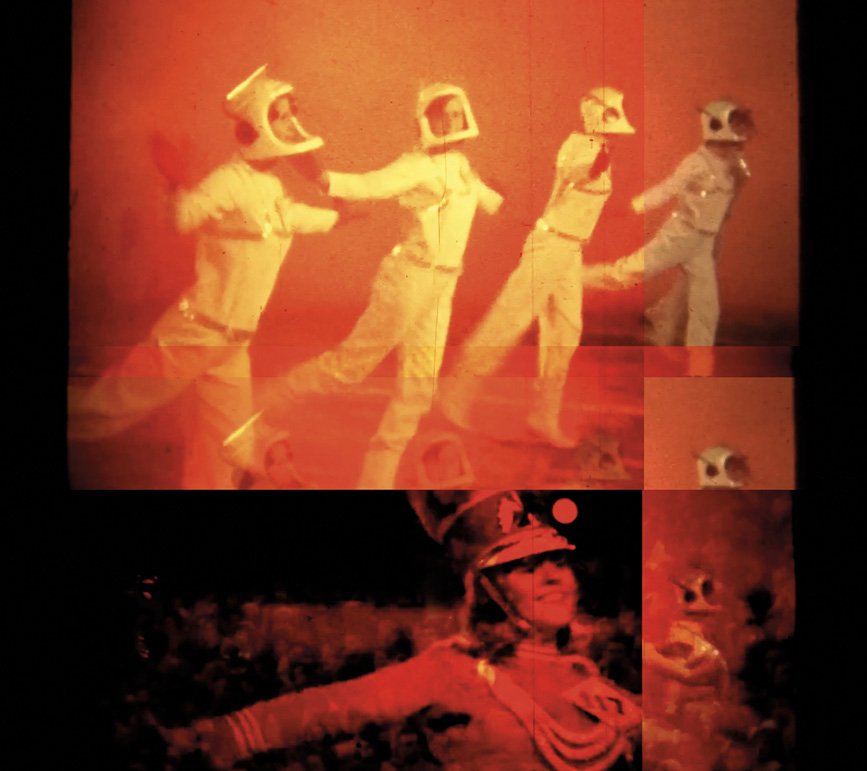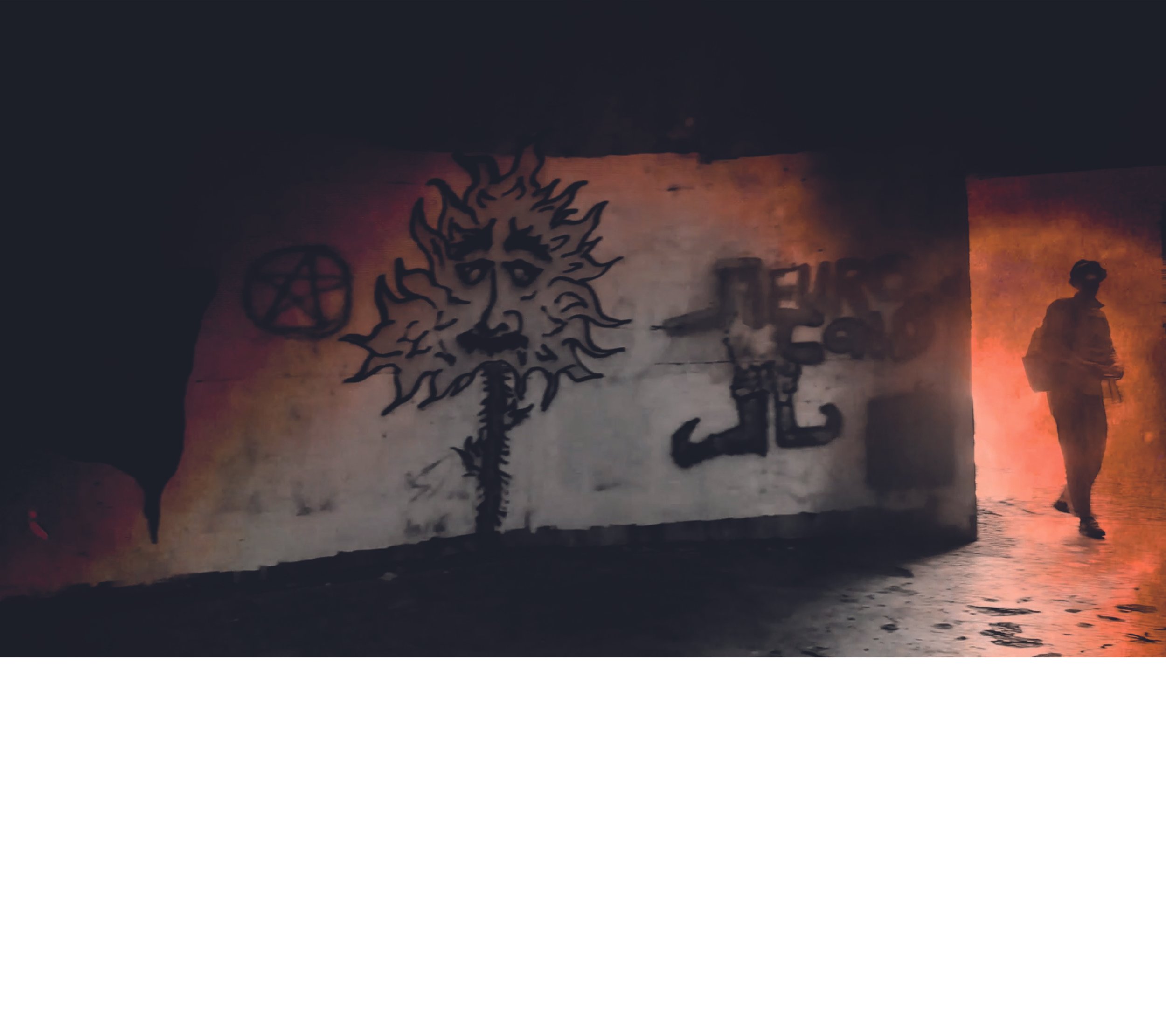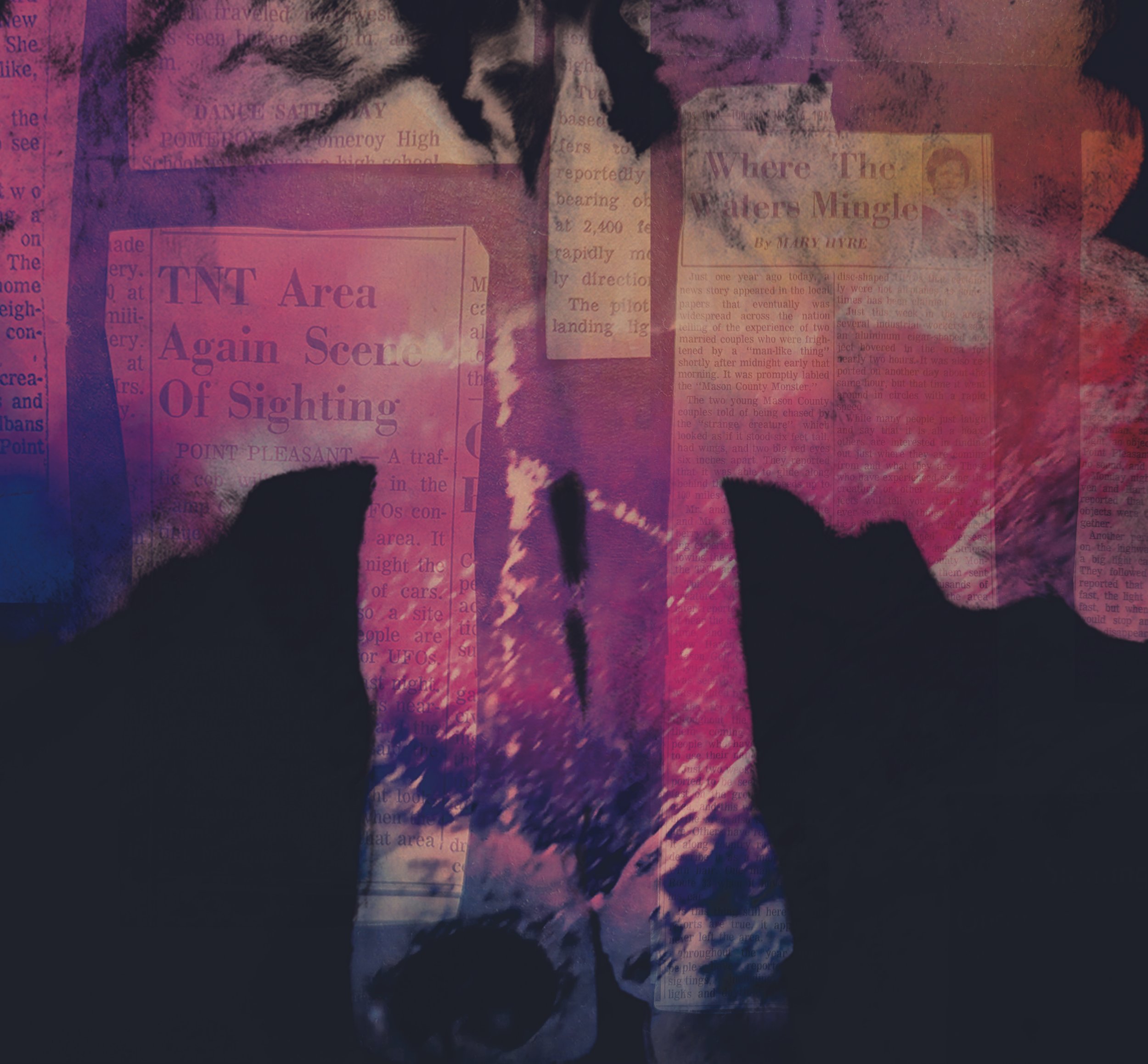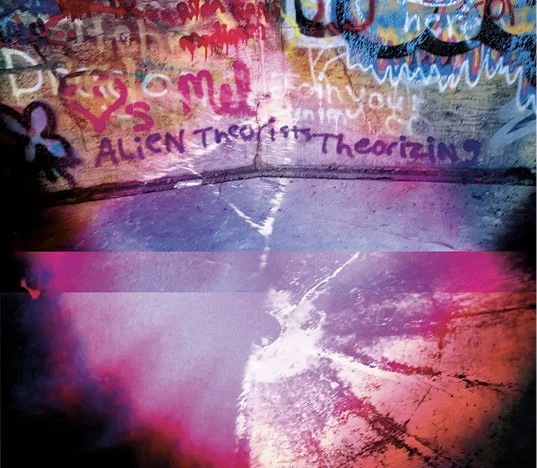The McClintic Chorus (forthcoming, Spring 2024) is a live multimedia sound performance originally commissioned by HKW Gallery (Berlin). The soundtrack will be released as 2 CD set with full color A4 book (Shadow World Archive, March 2024). Selected segments will also be published as videos.
The McClintic Chorus was created from recordings gathered at the McClintic Wildlife Management Area in Point Pleasant, West Virginia. From 1942-1945, this site was known as the West Virginia Ordnance Works or “TNT Area,” in reference to its history as a WWII-era explosives manufacturing facility. Over 720,000 tons of TNT were produced daily on the grounds. A series of concrete “igloo” storage huts were erected and covered with earth as camouflage from enemy aircraft flying above. These structures are the only architectural clues that remain of this landscape’s former life.
At the end of the war, the site was decommissioned and chemicals left behind seeped into the ground, contaminating the soil and water. In the 1980s, the area was declared a Superfund site, prompting clean-up efforts. While traces of unused explosives remain today, the site has been naturalized as wetland, wildlife refuge, hunting grounds, and a recreational area with a gun range.
In November 1966, the TNT Area received attention in local newspapers as the place where a mysterious 6-foot-tall, winged humanoid with red eyes known as “Mothman” was first spotted. News of the creature infected the community. Ornithology experts believed that it was a misidentified sandhill crane, but alternate theories prevailed. A flood of reports connected to the TNT Area described Mothman’s penchant to silently glide alongside cars and interfere with telephone calls by emitting shrill blasts of tinny static, beeping, and electronic pulses.
In December 1967, Mothman sightings began to subside after the Silver Bridge (connecting Point Pleasant to Gallipolis, Ohio) collapsed, killing 46 people. Today, many paranormal seekers visiting the site believe the cryptid was a “harbinger of doom” who was attracted to the Point Pleasant area to observe and warn of the coming disaster.
The McClintic Chorus is a biography of place exploring the tenuous collisions between industrial landscapes, ecological redemption, and contemporary legends embedded in rural Appalachia. While producing this work, the complicated oscillations between the bucolic and the vaguely threatening were visibly and audibly palpable.








